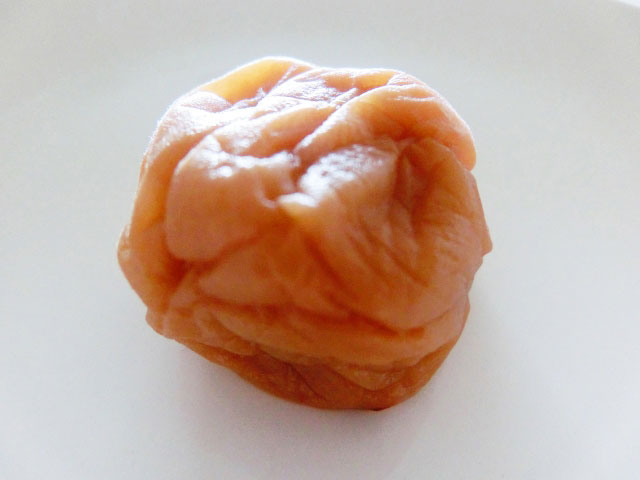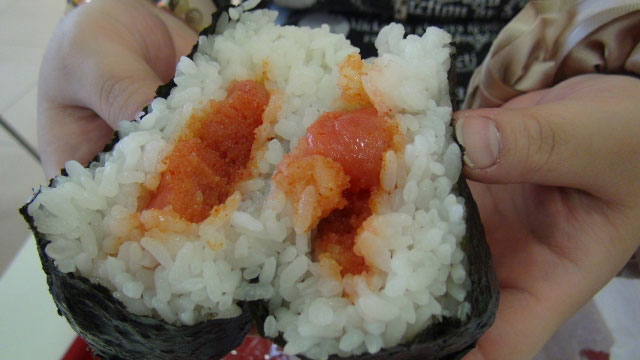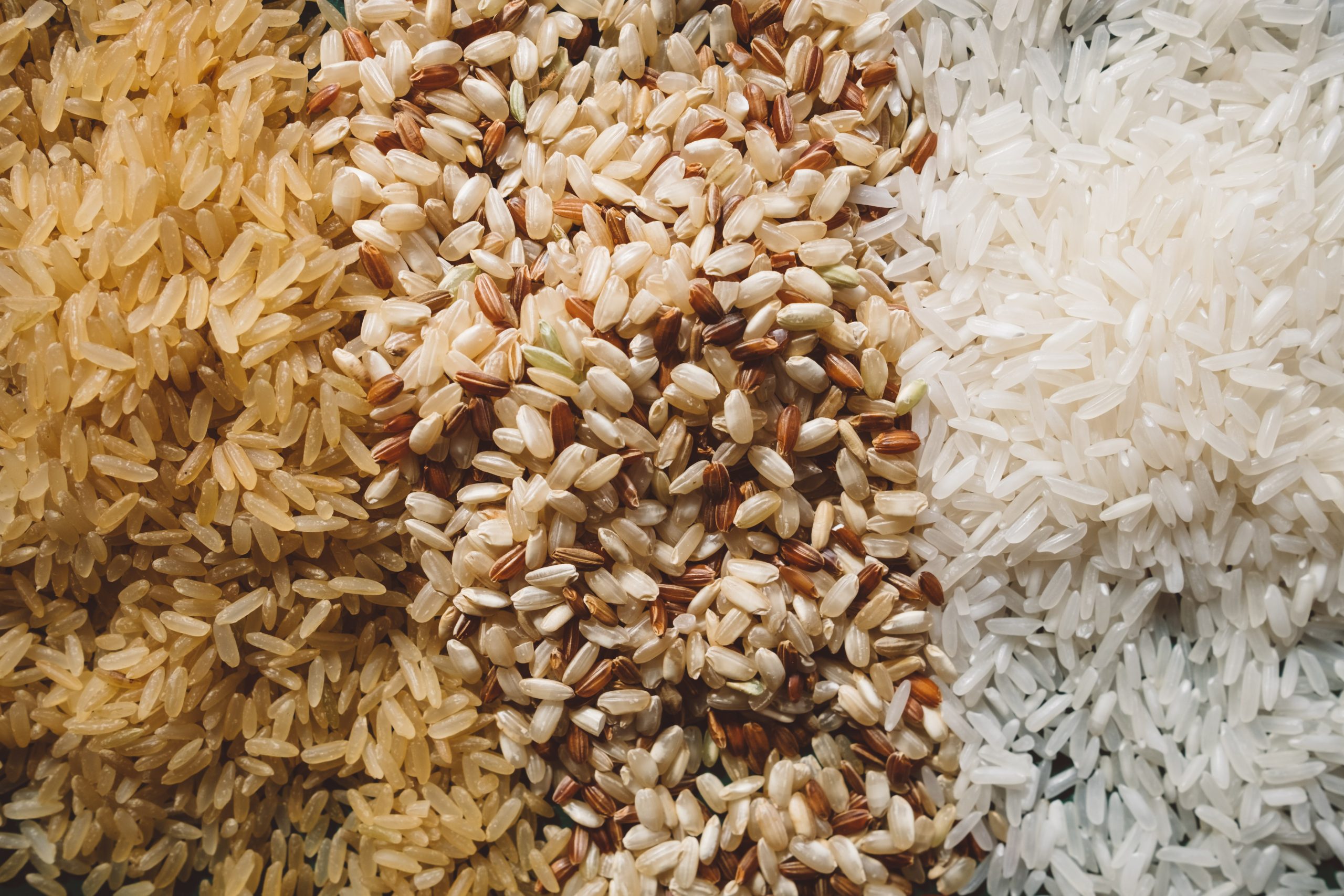 You might be familiar with white and brown rice, and perhaps even a few others, but did you know there are thousands of types of rice found around all corners of the world? From basmati, wild, long-grain, and short-grain rice, there are countless families of rice that you can explore to broaden your culinary horizons. Today, we’ll be looking at the main families of rice that you should know about, as well as the types of rice you can cook in our Zojirushi rice cookers. So, are you ready to become a rice expert? Then, let’s get to it!
You might be familiar with white and brown rice, and perhaps even a few others, but did you know there are thousands of types of rice found around all corners of the world? From basmati, wild, long-grain, and short-grain rice, there are countless families of rice that you can explore to broaden your culinary horizons. Today, we’ll be looking at the main families of rice that you should know about, as well as the types of rice you can cook in our Zojirushi rice cookers. So, are you ready to become a rice expert? Then, let’s get to it!
Two Main Families of Rice
Though rice comes in many unique shapes, colors, and flavors, there are two main families of rice that you should familiarize yourself with: Indica and Japonica.
Indica is long-grained and aromatic rice that grows near the equator, so you’ll see them in countries like India, Indonesia, Southern China, and Africa. Japonica rice is short to medium-grained, which, unlike Indica, has little to no aromas. They also tend to stick together, whereas Indica grains will remain separated. You can find this type of rice in East Asia, like Japan, China, Korea, and Vietnam. Fun fact: Indica is more widely consumed than Japonica!
Here are some of the most popular rice varieties that we recommend you try if you haven’t already.
Popular Rice Varieties
- Arborio Rice: This short to medium-grain rice from Italy has a high starch content. Arborio rice becomes firm yet creamy when cooked. They are often used for risottos and can be easily identified by their short and round grains.
- Basmati Rice: This rice is known for its pandan leaf-like aromatics and soft and fluffy texture.
- Black Rice: Commonly referred to as “forbidden rice,” this purple to black-hued rice boasts a wide range of health benefits and antioxidants. It has a mild nutty flavor and is harder to grow than other rice varieties.
- GABA Rice: The brown rice version of sushi rice is “GABA,” which means that the rice has been germinated to increase its nutritional value. Look for this labeling on your rice if you are looking for this particular type of rice. Or if your Zojirushi rice cooker has the GABA brown rice setting you can use that instead of buying it!
- Jasmine Rice: this rice is widely consumed in Thailand and is beautifully aromatic. It is slightly shorter and plumper than Basmati.
- Sweet/Sticky/Glutinous Rice: Also known as “sticky rice,” sweet rice has a sweeter flavor because of its higher starch content. As the name suggests, it also becomes very sticky when cooked. You cannot cook sweet rice like regular white rice and must use less water and controlled temperatures to get it to its ideal texture.
- Sushi Rice: polished short to medium-grain Japanese rice that is highly desired for its stickiness and fluffiness. It is almost always consumed as a white rice variety.
- Wild Rice: Wild rice is long-grain rice native to North America and is almost always brown or black in color. It is high in nutritional value and has a distinctly earthy and smoky flavor when cooked.
How to Cook Rice in Your Zojirushi Rice Cooker
If you read this month’s Product of the Month blog, you’ll see that the Micom Rice Cooker & Warmer NS-TSC10A/18A can cook up to five different rice categories (white/sushi, mixed, quick, long grain white, and brown). Now that you understand the difference between Indica and Japonica rice, can you guess why these different types of rice cooking settings matter? Here are some Micom Rice Cooker & Warmer NS-TSC10A/18A settings explained:
- Mixed – though this setting doesn’t specify a type of rice, it is useful for cooking Takikomi-Gohan, a popular menu item in Japan. These “mixed rice” one-pot meals are made by adding seasonal ingredients and rice into the rice cooker and pressing start.
- Long grain white – this rice setting will make sure that your long grain white rice is always loose and fluffy. You can also add a few seasonings to level it up like this “Buttered Lobster Rice” recipe.
- Brown rice – we tested tons and tons of brown rice to carefully fine tune the cooking flow for this setting to ensure that the brown rice is always perfectly cooked. Here are some great and easy recipes that you’ll want to try with your brown rice.
Let’s Cook Some Rice!
Do you want to learn more about how to cook different types of rice in your Zojirushi rice cooker? Take a look at our “Know Your Rice” guide. You can also find tips and tricks to cook perfect rice by visiting our “About Rice” page.
Did you learn anything about rice varieties today? Is there a new type of rice you’re looking forward to trying? Let us know on social media by tagging your photos on Twitter, Facebook, or Instagram! #Zojirushi #ZoFan
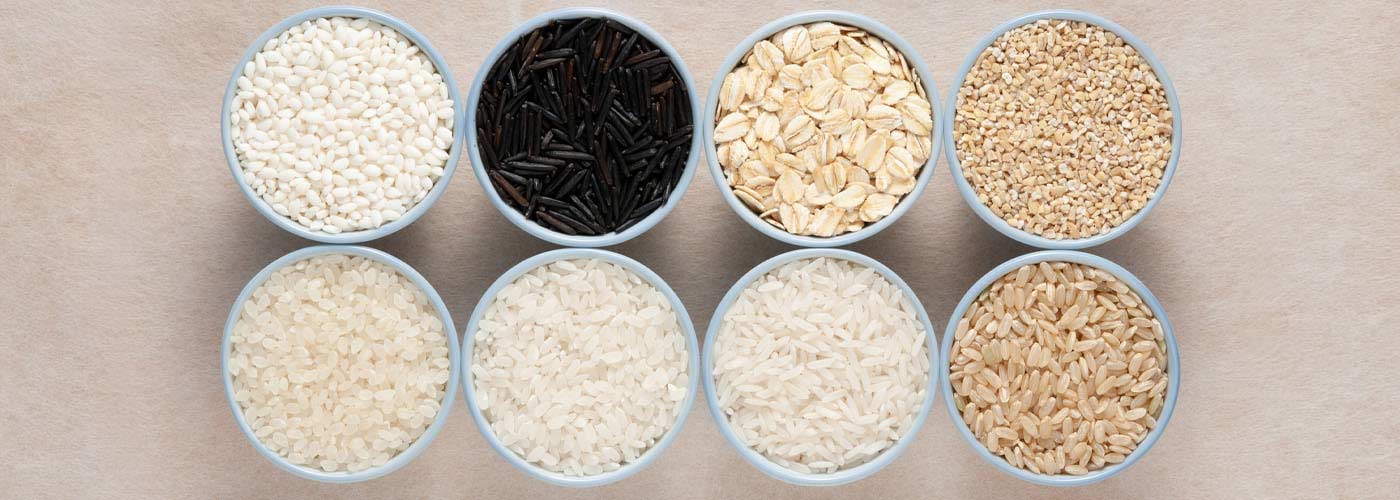
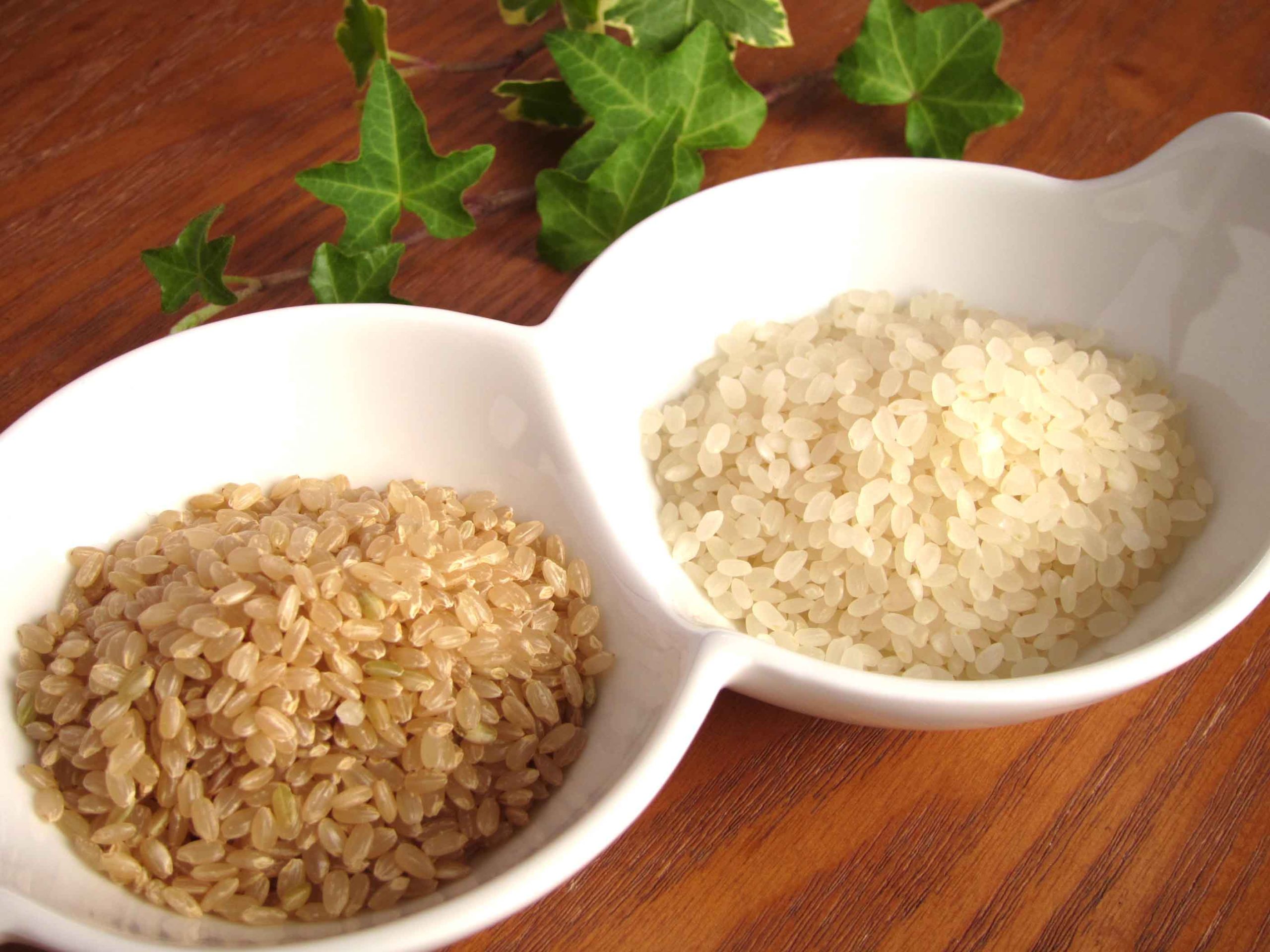
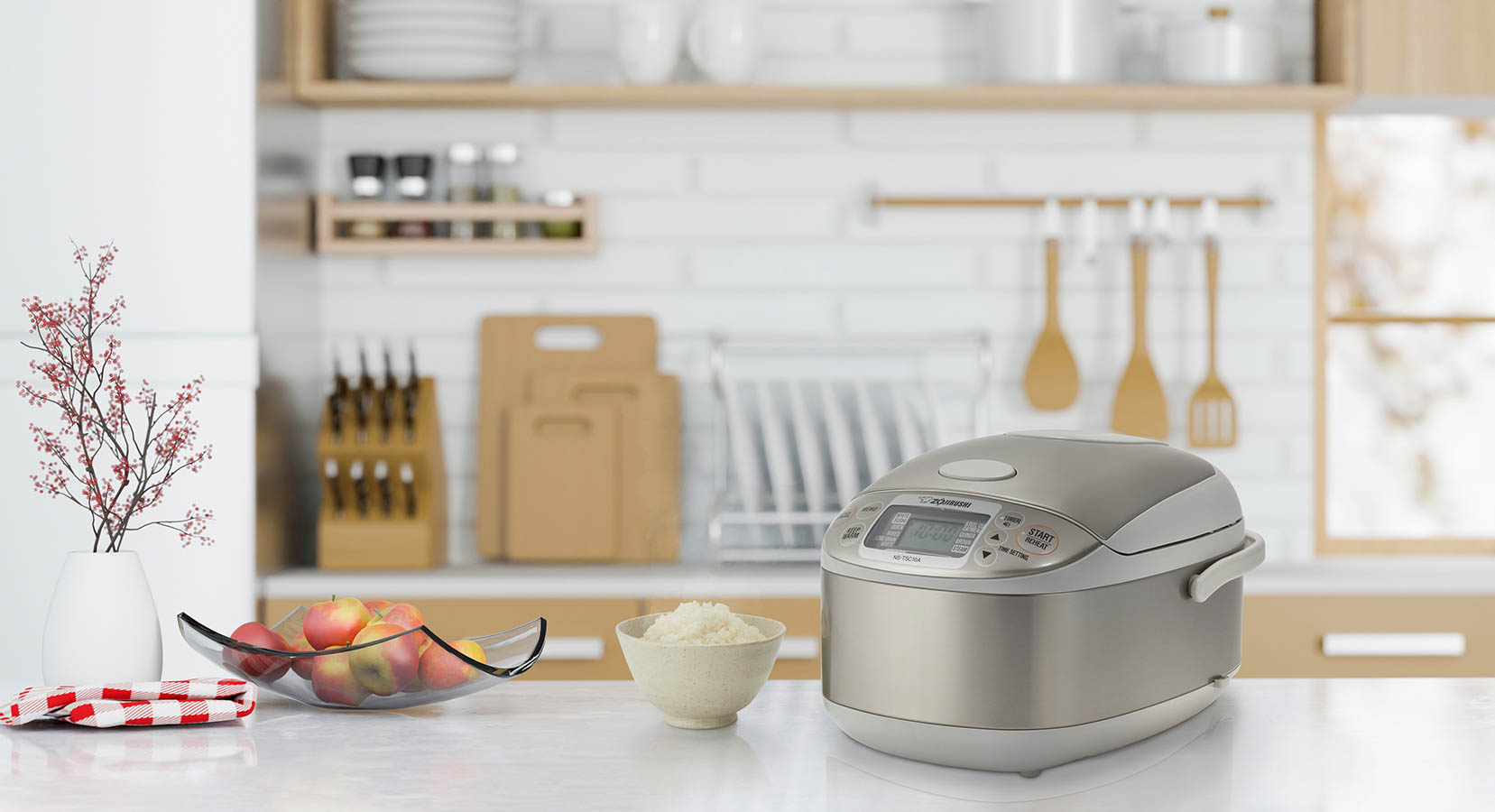
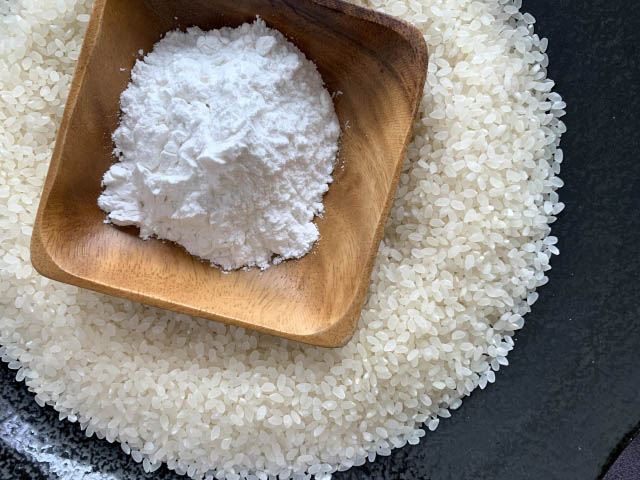
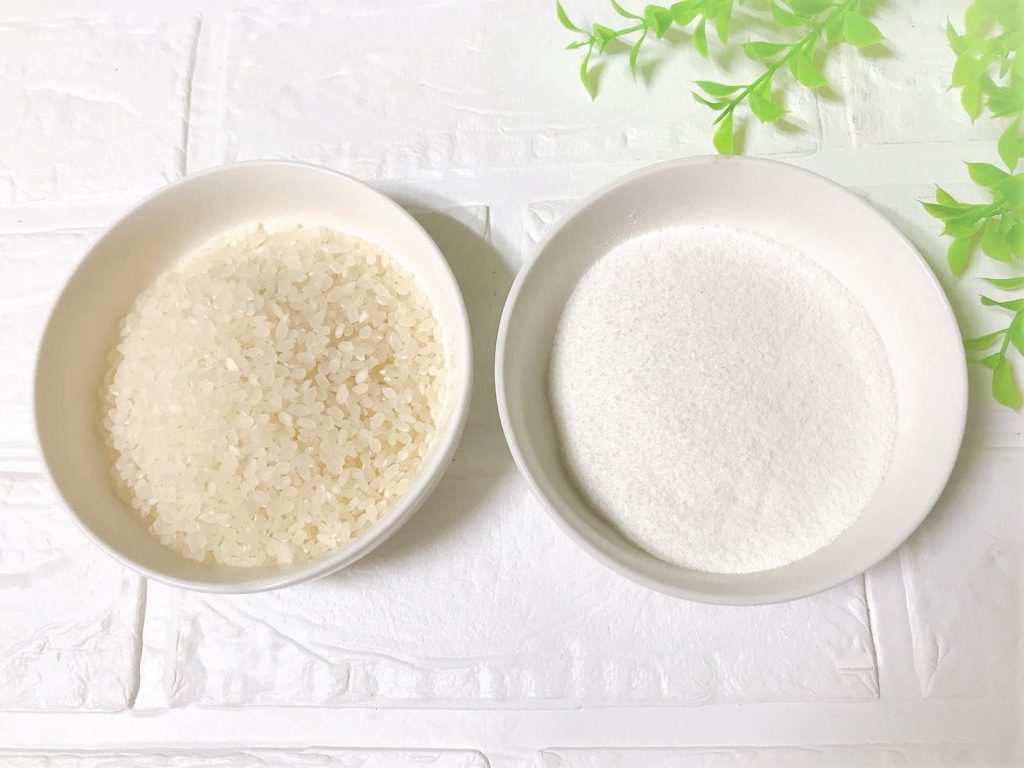
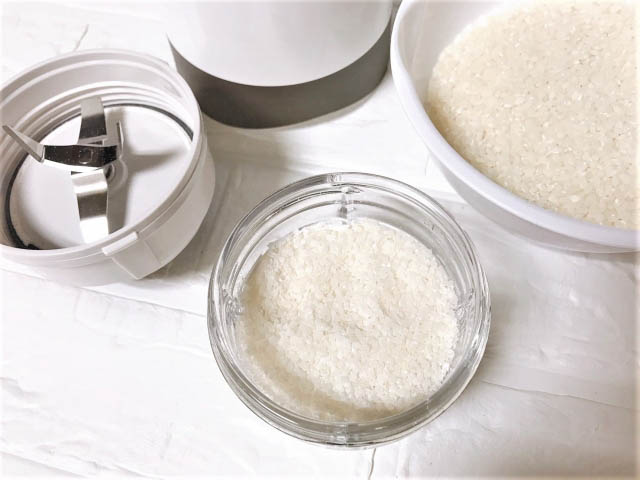
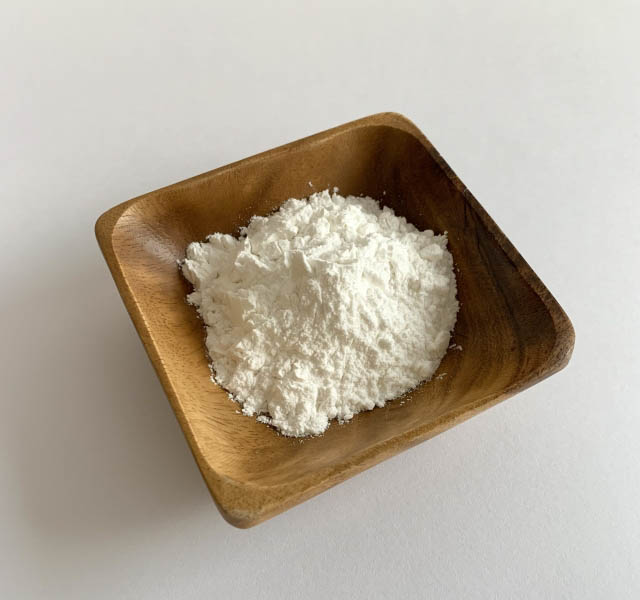
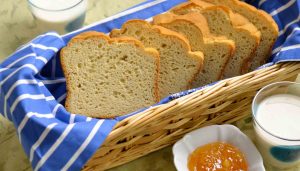
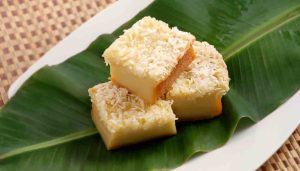

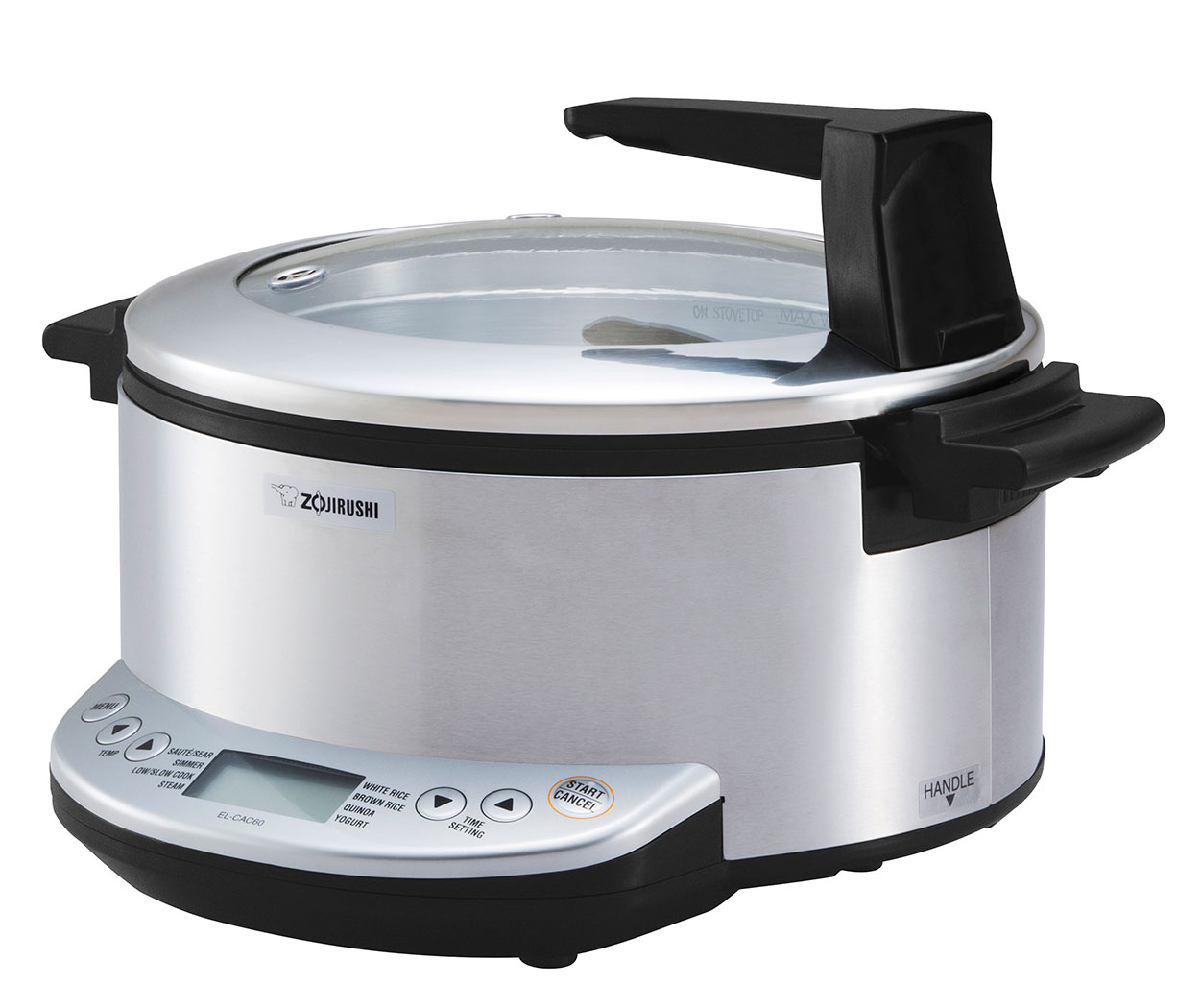
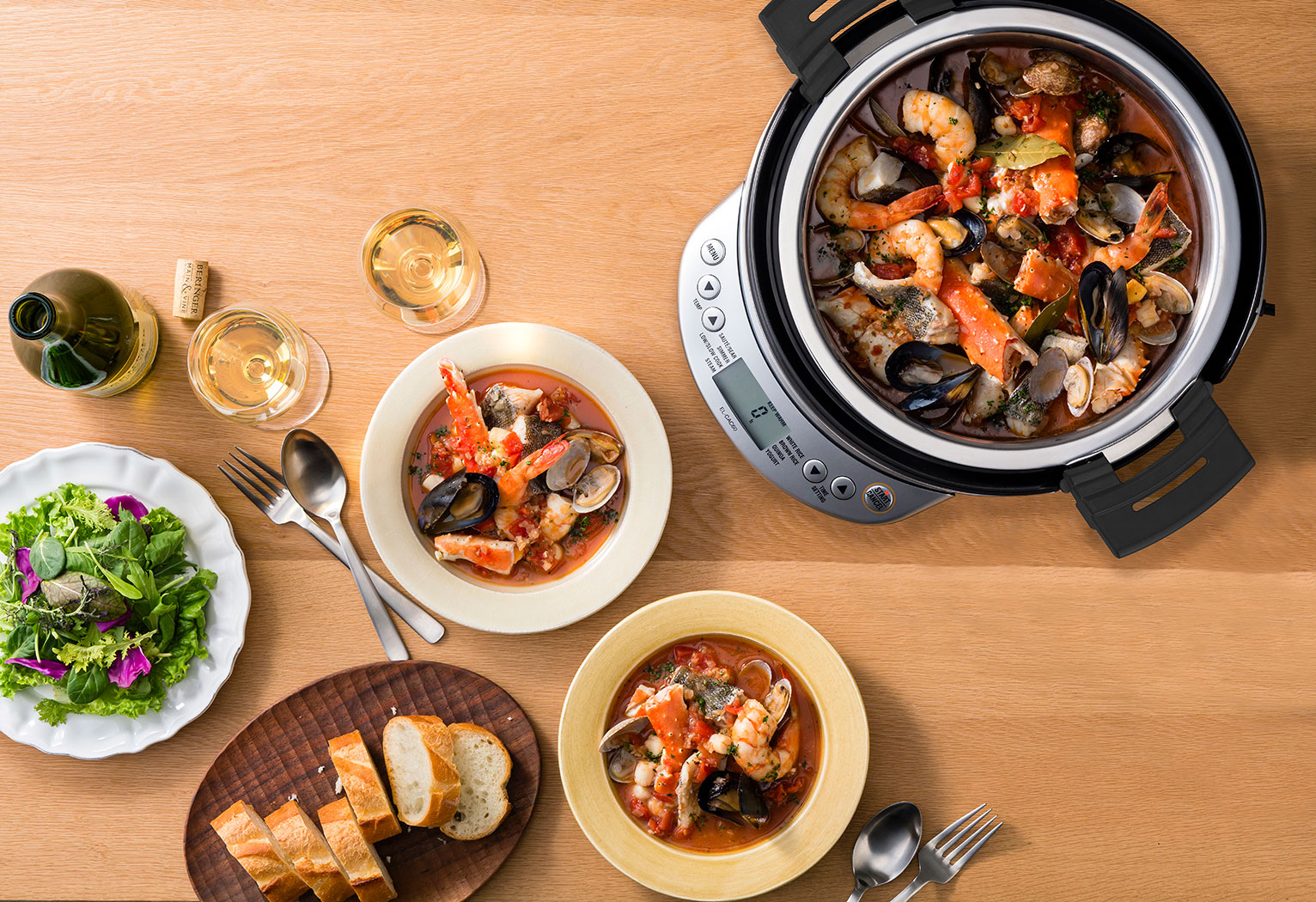
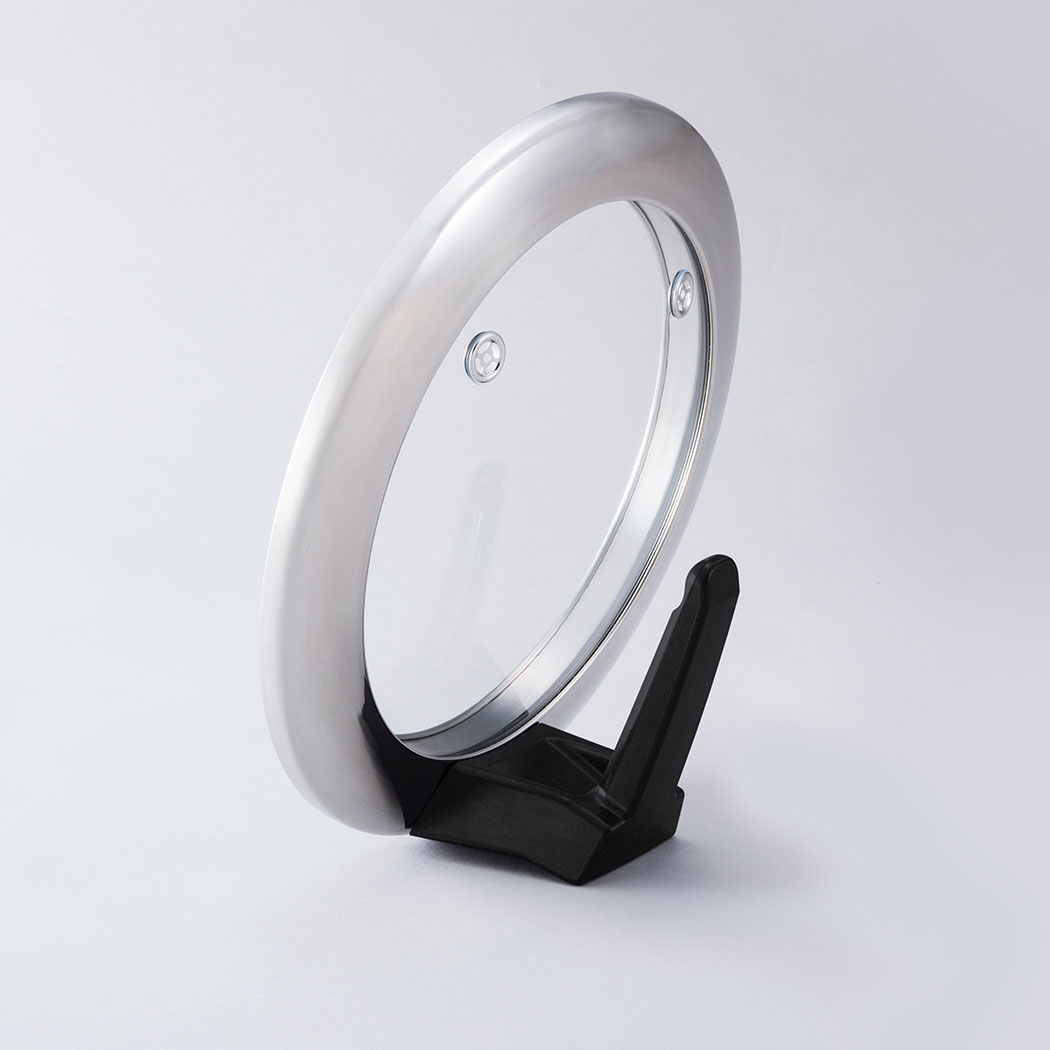
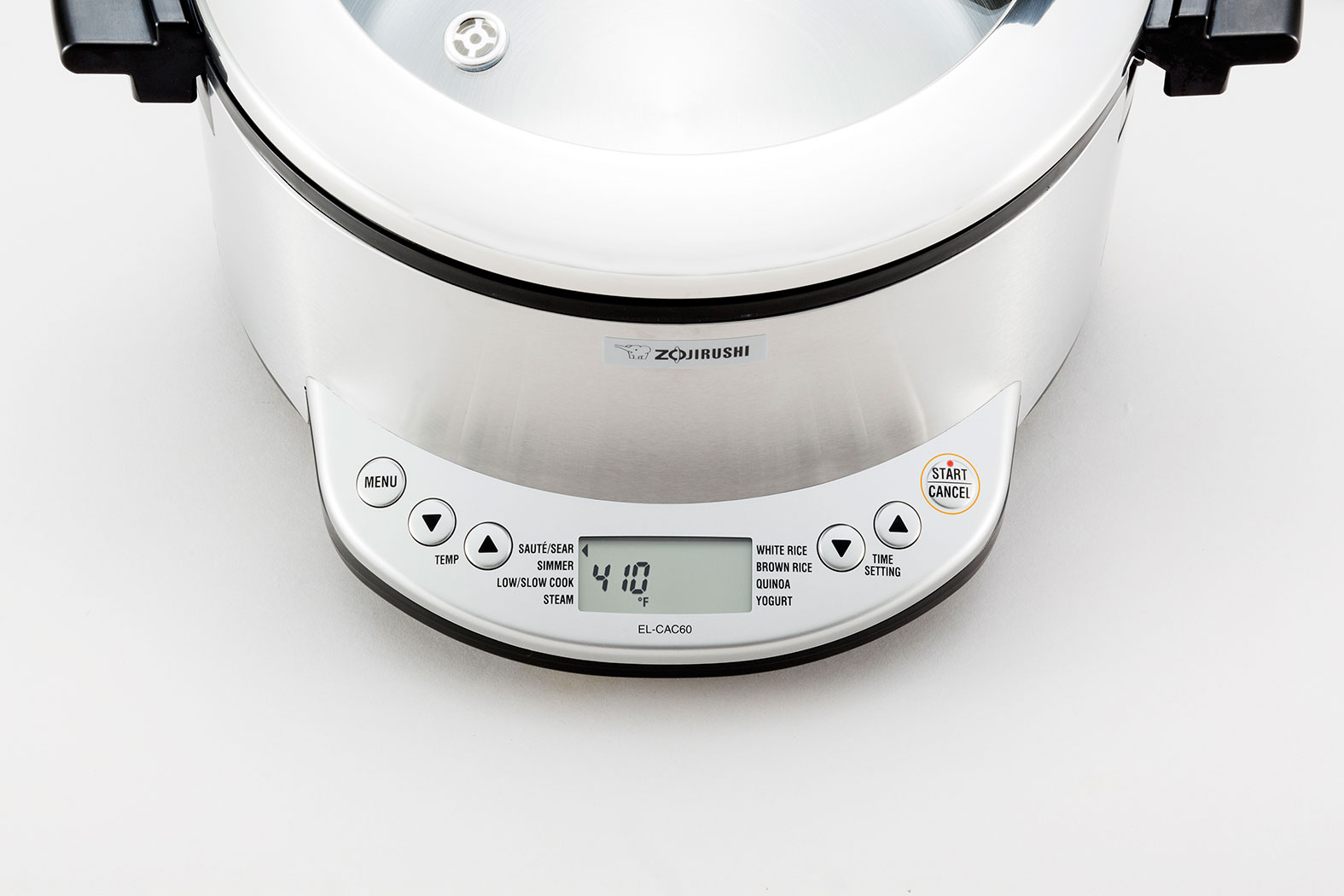
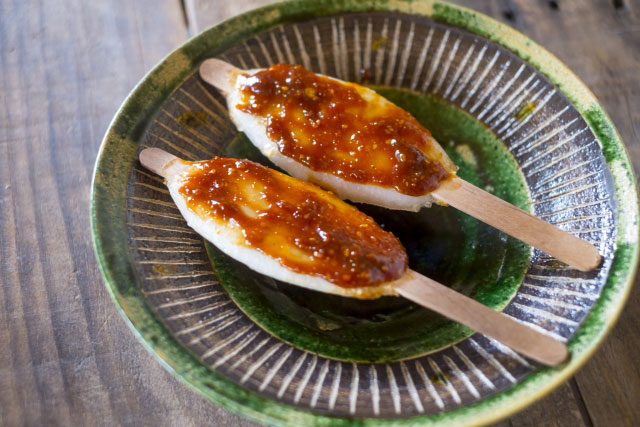 Our Food Lover’s Tour continues this month in Gifu Prefecture, home of the famous gohei mochi!
Our Food Lover’s Tour continues this month in Gifu Prefecture, home of the famous gohei mochi!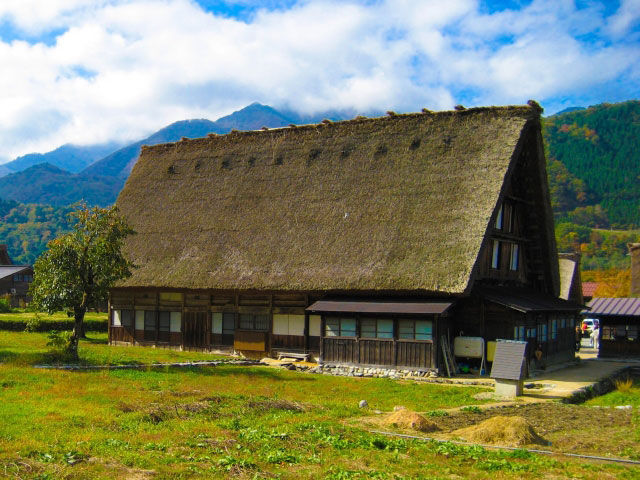
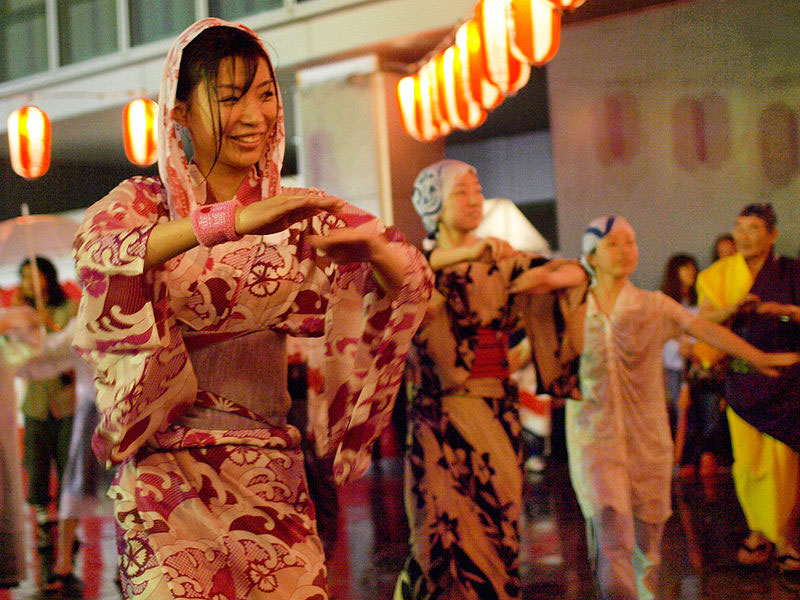
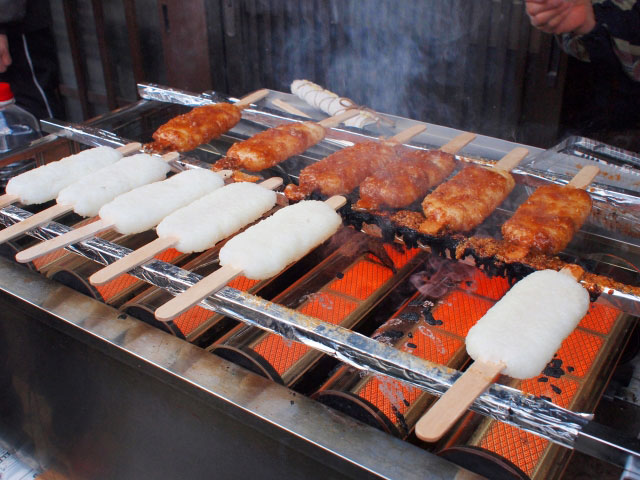
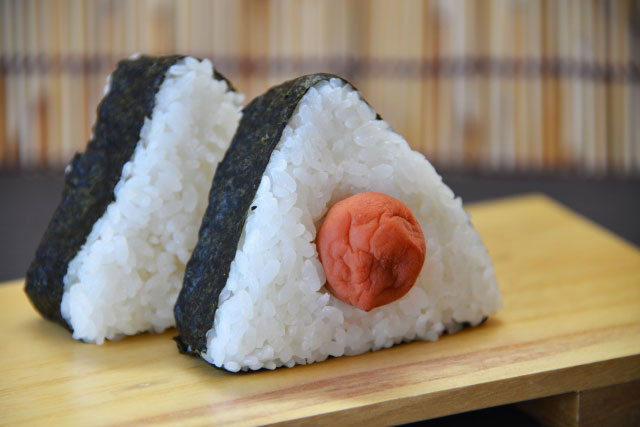 Did you try making your own onigiri last month? Which one was your favorite recipe… the
Did you try making your own onigiri last month? Which one was your favorite recipe… the 